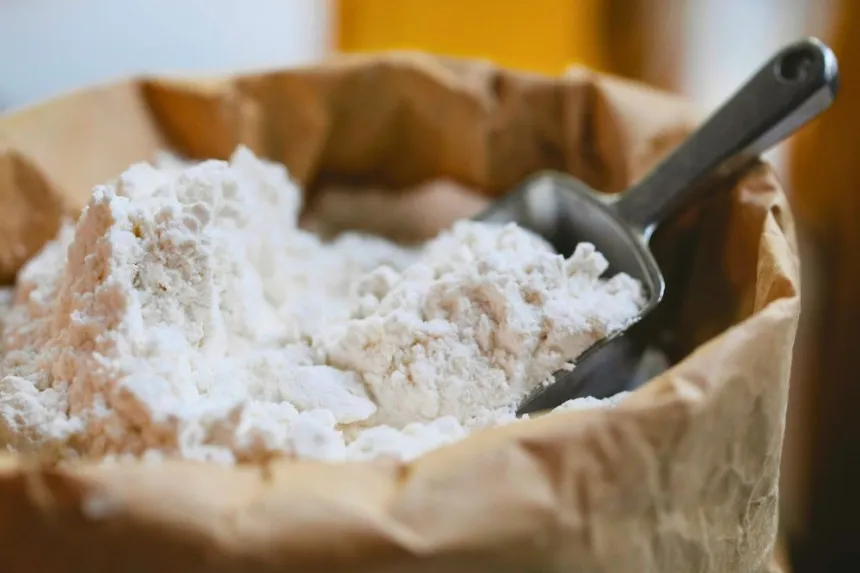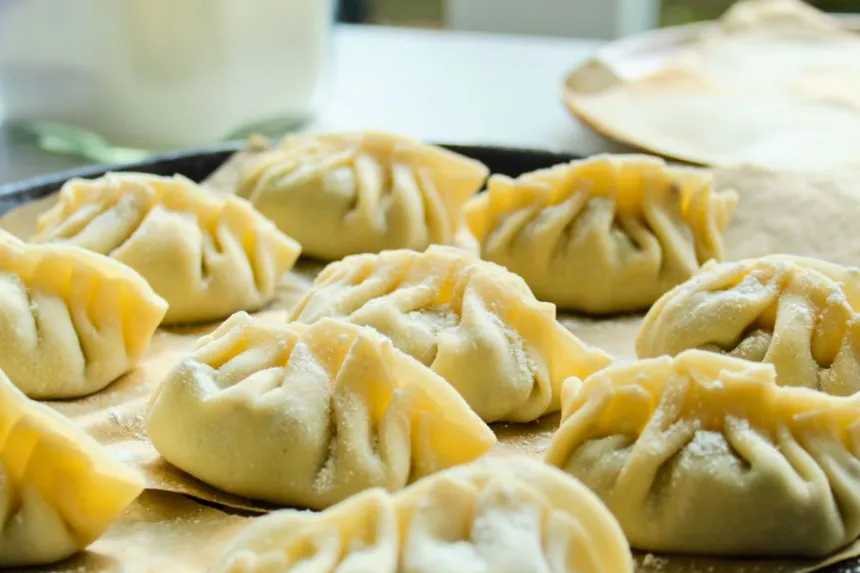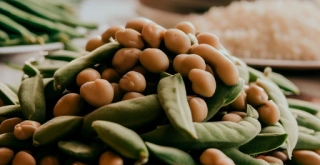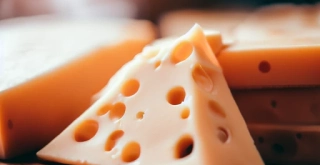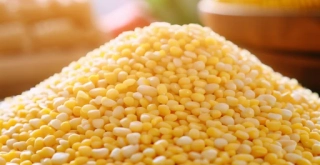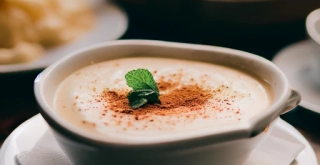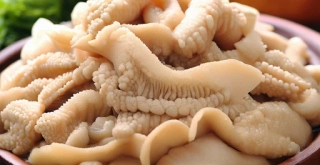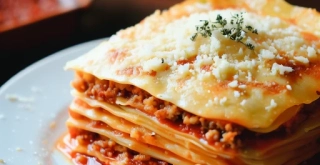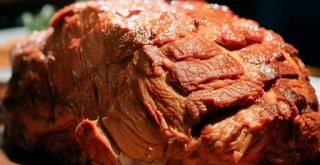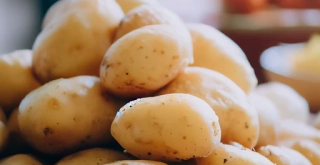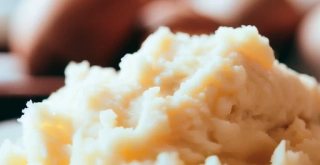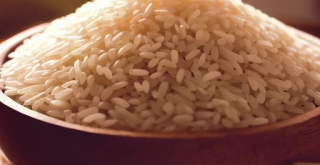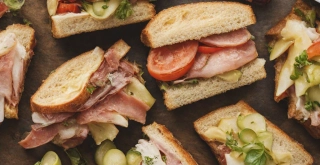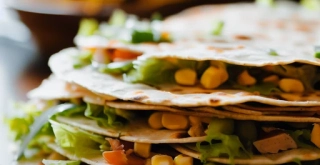Complete guide to types of flour and their uses.
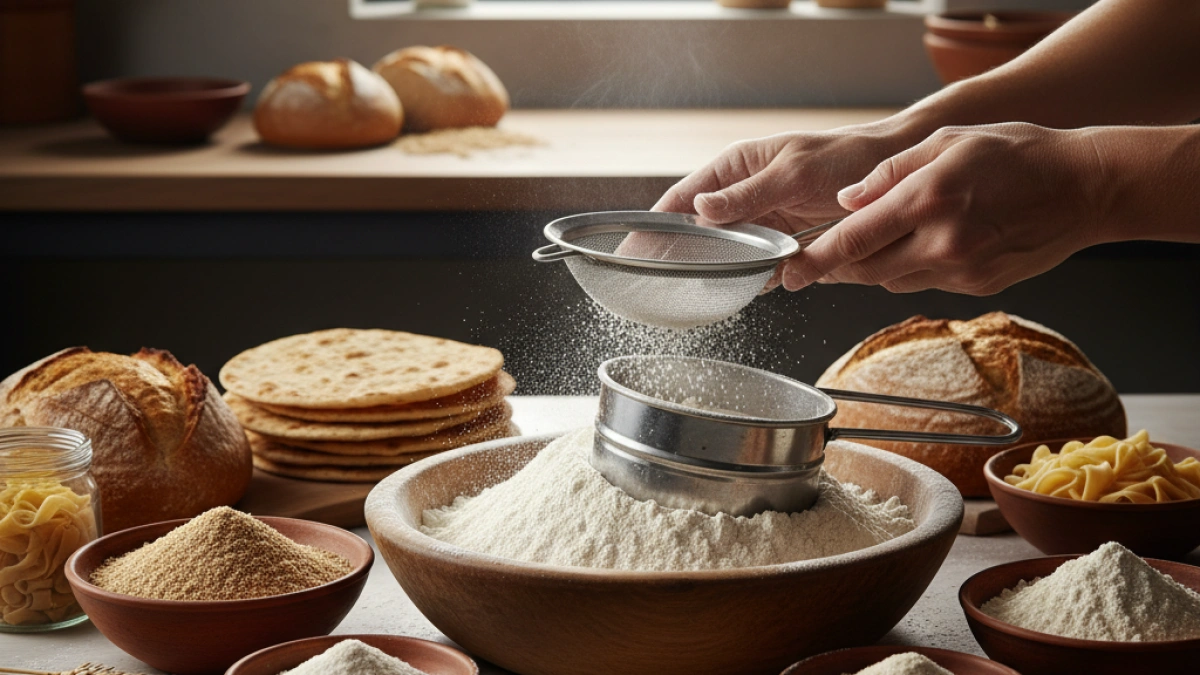
Flour is a fundamental ingredient in cooking, present in a wide variety of recipes, from breads to cakes. However, not all flours are the same. Understanding the different types and their applications can make a significant difference in the outcome of your dishes. Below, we will explore the main types of flour, their characteristics, and their use in the kitchen.
Types of Flour
Wheat Flour
Wheat flour is the most common and versatile. It is classified into several categories depending on its protein content and the manufacturing process:
-
Strong wheat flour: Contains a high percentage of protein (11-13%) and is ideal for making bread, as it encourages gluten formation, providing an appropriate structure.
-
All-purpose flour: Has medium protein content (9-11%) and can be used for most baked goods, such as cookies and cakes.
-
Soft wheat flour: With a low protein content (8-10%), it is perfect for cakes and pastries, as it produces a softer crumb.
Whole Wheat Flour
Whole wheat flour is obtained by grinding the whole wheat grain, meaning it contains more fiber and nutrients than white flour. There are different types of whole wheat flour:
-
Whole wheat flour: Ideal for making bread and cookies, it provides a more robust flavor and a denser texture.
-
Rye flour: Less elastic than wheat flour, it is used to make rye bread and provides a distinctive color and flavor.
Gluten-Free Flour
For people with gluten intolerance, there are alternative flours:
-
Rice flour: Used in Asian cooking, it is ideal for making noodles and desserts.
-
Almond flour: With a fine texture, it is common in gluten-free baking and adds a sweet flavor.
-
Coconut flour: High in fiber, it is used in both sweet and savory recipes, although it absorbs more liquid than other types of flour.
Other Special Flours
There are also less common flours, each with its unique characteristics:
-
Oat flour: Made by grinding oats, it is excellent for making pancakes and cookies, providing a mild flavor and fluffy texture.
-
Chickpea flour: Widely used in Indian and Mediterranean cooking, it is high in protein and can be used in frying and bread making.
-
Quinoa flour: With a high protein content and a slightly nutty flavor, it is ideal for adding nutritional value to various dishes.
Culinary Uses of Each Type of Flour
Each type of flour has a specific use, and understanding its characteristics can help you choose the right one for each recipe. For example, if you want to make a crunchy and airy bread, you should opt for strong flour. If your goal is to prepare a fluffy cake, soft wheat flour is the best option.
On the other hand, if you need a gluten-free flour for a special diet, rice or almond flours can be excellent alternatives. Additionally, whole grain flours provide extra nutritional value that can be beneficial for a healthier diet.
Conclusion
Understanding the different types of flour and their uses is essential to achieving the desired results in the kitchen. From choosing the right flour to its preparation, every detail counts. I hope this guide has been helpful in better understanding this indispensable ingredient.
I invite you to continue exploring more news and articles about cooking and food on my blog. Thank you for reading!


